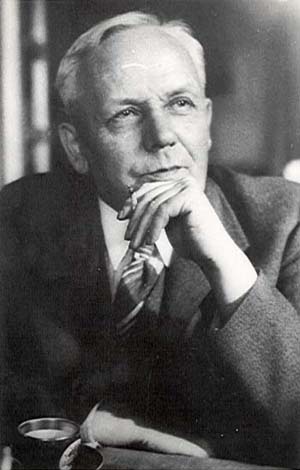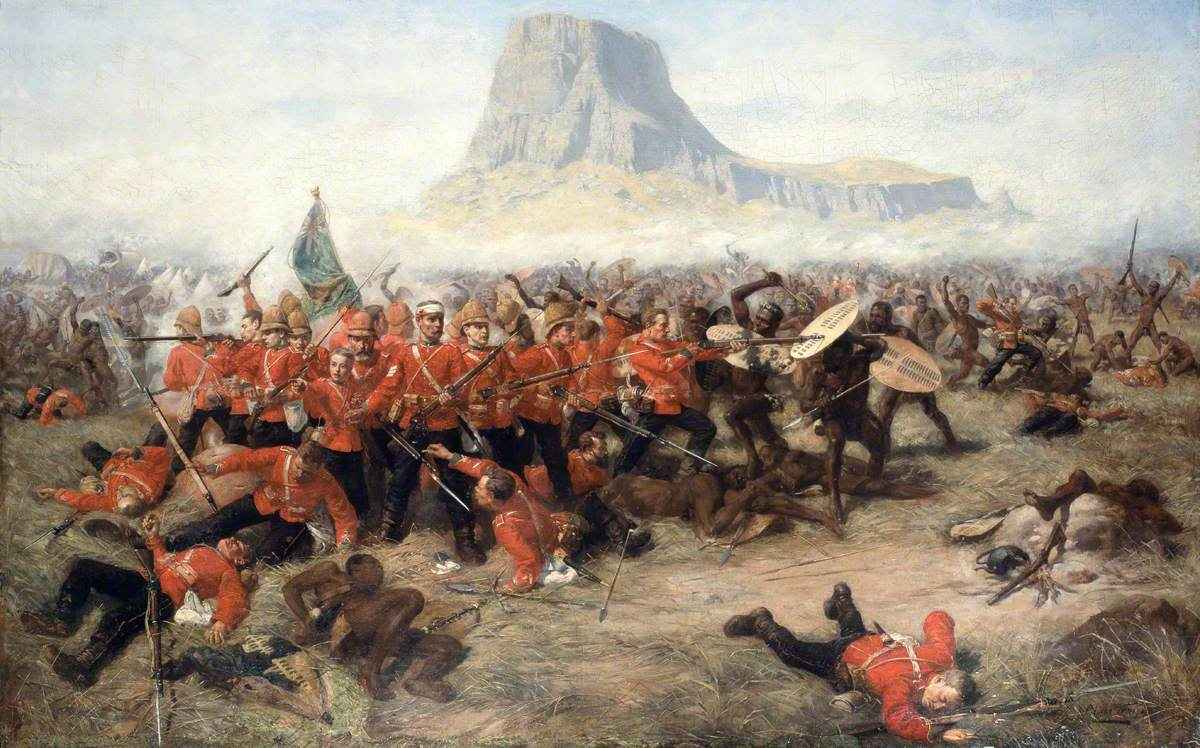|
Artturi Järviluoma
Kustaa Artturi Järviluoma (9 August 1879 – 31 January 1942) was a Finnish journalist, screenwriter and author. Until 1902, he went by the name Jernström. He is best known for his play ''Pohjalaisia'' (The Ostrobothnians), which later formed the basis for a popular opera by Leevi Madetoja. Biography Järviluoma was born in Alavus and attended the Lyceum at Vaasa but dropped out of school. He passed his matriculation examination as a private student of the Helsinki Real Lyceum in 1901. He then attended the University of Helsinki, studying mathematics from 1902 to 1903 and then law from 1904 to 1909, but he did not complete a degree. He was a founding member of the Finnish Dramatists' Union in the 1920s and served as both secretary and chairman during the 1930s. He was also a founding member of the Finnish Journalists' Association and the South Ostrobothnians Association (1941). In 1910, Järviluoma married Lyyli Ahde. They had two children: Maire and Juha. The Finnish Litera ... [...More Info...] [...Related Items...] OR: [Wikipedia] [Google] [Baidu] |
Pohjalaisia (play)
''Pohjalaisia'' (The Ostrobothnians) is a Finnish play, first performed in 1914, with adaptations into an opera (1924) and two films (1925 and 1936), written by Artturi Järviluoma, is one of Finland's most iconic pieces of theatrical work, renowned for its depiction of peasant rebellion and critique of social injustice.Luutonen, Marketta: Harrin Jussin muisto: Jussipaita suomalaismiehen rooliasuna. ''Oppimista, opetusta, monitieteisyyttä - Kirjoituksia Kuninkaankartanonmäeltä''. 2008. Joensuun yliopisto, Savonlinnan opettajankoulutuslaitos. Plot and setting The play is set in the mid-19th century in South Ostrobothnia, a culturally unique region of Finland. It portrays the daily lives of the local peasant community, highlighting their independent spirit and resistance to oppression. The central conflict revolves around the community's rebellion against the lensmann (a local sheriff or bailiff) who, as an authority figure, is depicted as unjust and authoritarian. The central ... [...More Info...] [...Related Items...] OR: [Wikipedia] [Google] [Baidu] |
Leevi Madetoja
Leevi Antti Madetoja (; 17 February 1887 – 6 October 1947) was a Finns, Finnish composer, music criticism, music critic, conductor (music), conductor, and teacher of the Romantic music, late-Romantic and modernism (music), early-modern periods. He is widely recognized as one of the most significant Finnish contemporaries of Jean Sibelius, under whom he studied privately from 1908 to 1910. The core of List of compositions by Leevi Madetoja, Madetoja's ''oeuvre'' consists of a set of three symphony, symphonies (Symphony No. 1 (Madetoja), 1916, Symphony No. 2 (Madetoja), 1918, and Symphony No. 3 (Madetoja), 1926), arguably the finest early-twentieth century additions to the symphonic canon of any Finnish composer, Sibelius excepted. As central to Madetoja's legacy is The Ostrobothnians, ''Pohjalaisia'' (''The Ostrobothnians'', 1923), proclaimed Finland's "national opera" following its successful 1924 premiere and, even today, a stalwart of the country's repertoire. Other ... [...More Info...] [...Related Items...] OR: [Wikipedia] [Google] [Baidu] |
Alavus
Alavus () is a town and municipality of Finland in the province of Western Finland. Part of the Southern Ostrobothnia region, it is located southeast of Seinäjoki, north of Tampere and north of Helsinki. The town has a population of () and covers an area of of which is water. The population density is . Neighbouring municipalities are Alajärvi, Kuortane, Seinäjoki, Virrat and Ähtäri. Agriculture and forestry employ a significant share of the population. Most of the industry in Alavus is related to construction: materials, design and contractors. Alavus has 60 lakes with of shoreline. The town is unilingually Finnish. Geography Villages In 1967, Alavus had five legally recognized villages ''(henkikirjakylät)'': * Alavus * Rantatöysä * Sapsalampi * Sulkava * Sydänmaa Demographics In 2020, 16.7% of the population of Alavus was under the age of 15, 54.6% were aged 15 to 64, and 28.7% were over the age of 64. The average age was 46.1, above the national average of 4 ... [...More Info...] [...Related Items...] OR: [Wikipedia] [Google] [Baidu] |
Vaasa
Vaasa (; , ), formerly (1855-1917) known as Nikolaistad (; ),Vaasa oli ennen Nikolainkaupunki ja Aurinkolahti Mustalahti – paikannimiä ei kuitenkaan pidä muuttaa heppoisin perustein – ''Kaleva (newspaper), Kaleva'' (in Finnish) is a city in Finland and the regional capital of Ostrobothnia (administrative region), Ostrobothnia. It is located on the west coast of the country, on the Gulf of Bothnia. The population of Vaasa is approximately , while the Vaasa sub-region, sub-region has a population of approximately . It is the most populous Municipalities of Finland, municipality in Finland, and the tenth most populous List of urban areas in Finland by population, urban area in the countr ... [...More Info...] [...Related Items...] OR: [Wikipedia] [Google] [Baidu] |
University Of Helsinki
The University of Helsinki (, ; UH) is a public university in Helsinki, Finland. The university was founded in Turku in 1640 as the Royal Academy of Åbo under the Swedish Empire, and moved to Helsinki in 1828 under the sponsorship of Alexander I of Russia, Tsar Alexander I. The University of Helsinki is the oldest and largest university in Finland with a range of disciplines available. In 2022, around 31,000 students were enrolled in the degree programs of the university spread across 11 faculties and 11 research institutes. As of 1 August 2005, the university complies with the harmonized structure of the Europe-wide Bologna Process and offers bachelor, master, licenciate, and Doctorate, doctoral degrees. Admission to degree programmes is usually determined by entrance examinations, in the case of bachelor's degrees, and by prior degree results, in the case of master and postgraduate degrees. The university is bilingual, with teaching by law provided both in Finnish and Swedi ... [...More Info...] [...Related Items...] OR: [Wikipedia] [Google] [Baidu] |
Finnish Literature Society
The Finnish Literature Society ( or ) was founded in 1831 to promote literature written in Finnish. Among its first publications was the ''Kalevala'', the Finnish national epic A national epic is an epic poem or a literary work of epic scope which seeks to or is believed to capture and express the essence or spirit of a particular nation—not necessarily a nation state, but at least an ethnic or linguistic group wi .... The society is the oldest Finnish publisher still in operation and publishes general non-fiction books including folklore, literature and history. In 2024, the SKS has just over 2,000 members; membership fees range from 20-35 euros per year. The SKS research library is open to the public. See also * Estonian Learned Society * Latvian Literary Society * Lithuanian Literary Society References External links Official website''' Folklore Fellows website ''The folklore activities of the Finnish Literature Society'', article dated July 6, 2009 Fi ... [...More Info...] [...Related Items...] OR: [Wikipedia] [Google] [Baidu] |
Nurmo
Nurmo is a List of former municipalities of Finland, former municipality of Finland. It was consolidated, together with Ylistaro to Seinäjoki on 1 January 2009. It is located in the provinces of Finland, province of Western Finland and is part of the Southern Ostrobothnia regions of Finland, region. The municipality had a population of 12,378 (15 April 2007) and covered an area of of which is water. The population density was 33.0 inhabitants per km². The municipality was unilingually Finnish language, Finnish. Nurmo houses the HQ and main plant of the meat company Atria (company), Atria, which has 1700 local employees. In early 2007 it was proposed to merge Nurmo with the city of Seinäjoki and the neighbouring municipality of Ylistaro. Consultative referendums were held in all three municipalities. Seinäjoki voted heavily in favour; Ylistaro a bare majority in favour, and Nurmo 3:1 against. However, on 21 May 2007 Nurmo Council agreed to the merger by 18 votes to 17, a ... [...More Info...] [...Related Items...] OR: [Wikipedia] [Google] [Baidu] |
Teuva
Teuva () is a municipality of Finland. It is located in the South Ostrobothnia region. The population of Teuva is () and the municipality covers an area of of which is inland water (). The population density is . The municipality is unilingually Finnish. History In August 2010, more than fifty pocket-sized saunas were gathered on a lakeside within Teuva for the fifth annual Mobile Sauna Festival. Some six-thousand visitors attended the festival, doubling the population of Teuva for the weekend. Villages * Horo * Horonkylä * Kauppila * Kirkonkylä * Komsi * Korvenkylä * Luovankylä * Nori * Perälä * Piikkilänkylä * Riippi * Salonpää * Äystö Notable individuals * Antti Rajamäki, sprinter * Aulis Ranta-Muotio, politician * Elonkerjuu, rock band * Helge Saarikoski, politician and Member of Parliament * Jorma Mattinen, professor and rector at the Åbo Akademi University from 2005 to 2014 * Jukka Rauhala, Olympic wrestler *Lauri Ingman, theologian, bishop, politi ... [...More Info...] [...Related Items...] OR: [Wikipedia] [Google] [Baidu] |
Lapua
Lapua (; ) is a List of cities and towns in Finland, town and municipalities of Finland, municipality in Finland's South Ostrobothnia regions of Finland, region. It is located next to the Lapua River. The town has a population of () and covers an area of of which is water. The population density is . The municipality is unilingually Finnish language, Finnish. History In the early 14th century, permanent settlement began to spread to the Lapuanjoki Valley. Residents came from, among other areas, the settlement center of Suur-Sastamala in Upper Satakunta, which had good land and water connections to the north. The focus of Ostrobothnia's settlement was initially on the lower reaches of the Kyrönjoki River. The proximity to the sea of the Kvarken area, which is rich in natural resources, was especially attractive. Lapua at that time had some Sámi people, Sámi people who considered the region their wilderness area. The name Lapuan was probably given by the coastal Swedes pr ... [...More Info...] [...Related Items...] OR: [Wikipedia] [Google] [Baidu] |
1879 Births
Events January * January 1 ** The Specie Resumption Act takes effect. The United States Note is valued the same as gold, for the first time since the American Civil War. ** Brahms' Violin Concerto is premiered in Leipzig with Joseph Joachim as soloist and the composer conducting. * January 11 – The Anglo-Zulu War begins. * January 22 – Anglo-Zulu War – Battle of Isandlwana: A force of 1,200 British soldiers is wiped out by over 20,000 Zulu warriors. * January 23 – Anglo-Zulu War – Battle of Rorke's Drift: Following the previous day's defeat, a smaller British force of 140 successfully repels an attack by 4,000 Zulus. February * February 3 – Mosley Street in Newcastle upon Tyne (England) becomes the world's first public highway to be lit by the electric incandescent light bulb invented by Joseph Swan. * February 8 – At a meeting of the Royal Canadian Institute, engineer and inventor Sandford Fleming first proposes the global ... [...More Info...] [...Related Items...] OR: [Wikipedia] [Google] [Baidu] |
1942 Deaths
The Uppsala Conflict Data Program project estimates this to be the deadliest year in human history in terms of conflict deaths, placing the death toll at 4.62 million. However, the Correlates of War estimates that the prior year, 1941, was the deadliest such year. Death toll estimates for both 1941 and 1942 range from 2.28 to 7.71 million each. Events Below, the events of World War II have the "WWII" prefix. January * January 1 – WWII: The Declaration by United Nations is signed by China, the United Kingdom, the United States, the Soviet Union, and 22 other nations, in which they agree "not to make any separate peace with the Axis powers". * January 5 – WWII: Two prisoners, British officer Airey Neave and Dutch officer Anthony Luteyn, escape from Colditz Castle in Germany. After travelling for three days, they reach the Swiss border. * January 7 – WWII: ** Battle of Slim River: Japanese forces of the 5th Division, supported by tanks, sweep through ... [...More Info...] [...Related Items...] OR: [Wikipedia] [Google] [Baidu] |




